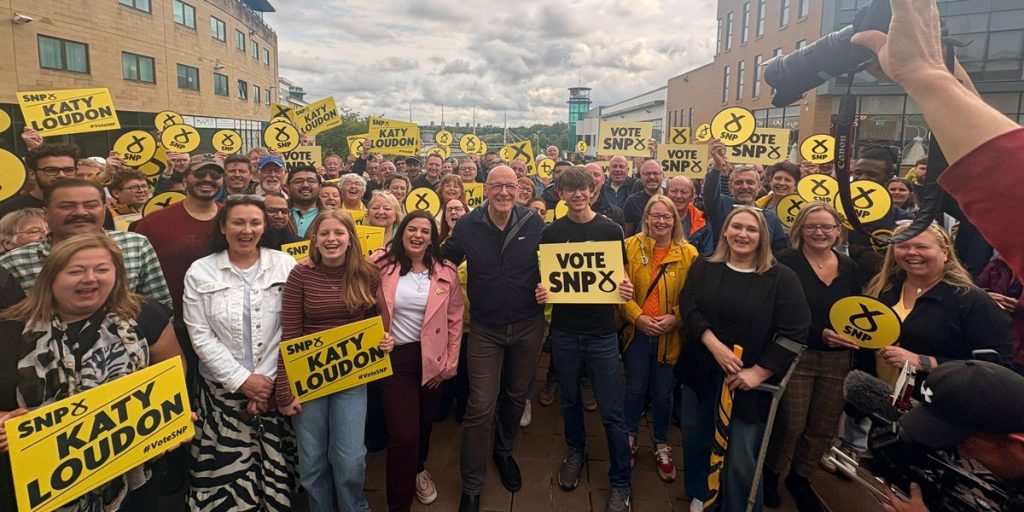The Hamilton, Larkhall and Stonehouse by-election result is a moment of sharp contrast in British politics: a vital, if fragile, lifeline for an embattled Labour government – and a warning shot fired with precision by Reform UK.
Let’s be clear: this was a big win for Labour. With national ratings still limping after bruising local election results and a public increasingly sceptical of Sir Keir Starmer’s leadership, a by-election victory in Scotland – a region where Labour had once been reduced to political rubble – offers not just a seat, but a sense of momentum.
“Symbolically seismic”
Davy Russell’s win over the SNP’s Katy Loudon by 602 votes may seem modest in margin, but it is symbolically seismic. Scottish Labour leader Anas Sarwar has been under pressure, and this win gives his project renewed oxygen.
The party machine will spin this as evidence of a broader revival – and with justification. Labour overturned a significant SNP majority and managed to keep Reform at bay in a race where all three leading parties were within 1,500 votes of one another. Starmer’s post-victory statement was crafted to reinforce the narrative: that Labour is the party of “change”, capable of winning both north and south of the border.
But to see this as unambiguous triumph is to miss what else the result reveals.
Reform emerges in Scotland
Because here comes Reform – ragged, chaotic, under-resourced – and suddenly toe-to-toe with the political giants. A party with no meaningful infrastructure in Scotland, no established support base in the central belt, and reeling from the fallout of its own racism row days before polling, still managed to finish just five points behind Labour. This should concern everyone in Labour HQ.
Reform’s performance is even more remarkable considering the circumstances. Just hours before the result, its own chairman Zia Yusuf resigned amid internal culture war squabbles, and Nigel Farage’s incendiary rhetoric had sparked outrage across Scotland. And yet, Reform secured 26.1% of the vote. This wasn’t supposed to be a battleground for them. This wasn’t even supposed to be a three-horse race.
It is now.
SNP struggles

The SNP, for its part, finds itself increasingly squeezed. John Swinney’s framing of the contest as a head-to-head between the SNP and Reform backfired. Not only did Labour win, but Reform showed the nationalist party cannot rely on anti-Tory sentiment to safeguard its vote. Public services in decline and internal party stagnation are starting to erode the SNP’s grip – and both Labour and Reform are circling.
But the deeper issue here is what Reform’s rise says about the volatility of the Scottish – and British – electorate. This wasn’t just a protest vote. It was a coherent, angry rebuke of all traditional options. And it came from a party still lurching between headlines, missteps and amateurism. What happens when Reform actually gets organised?
A political “rescue mission”
For Labour, Hamilton was a political rescue operation that succeeded. But it doesn’t mask the bigger question: can a party still unsure of how to deal with Farage’s populist threat hold its ground when that threat becomes local, targeted, and ten times louder?
Reform isn’t there yet. But it’s not nowhere. And if Labour thinks a single Scottish win insulates it from the growing storm, it’s mistaken.
This was a win. But also a warning.

